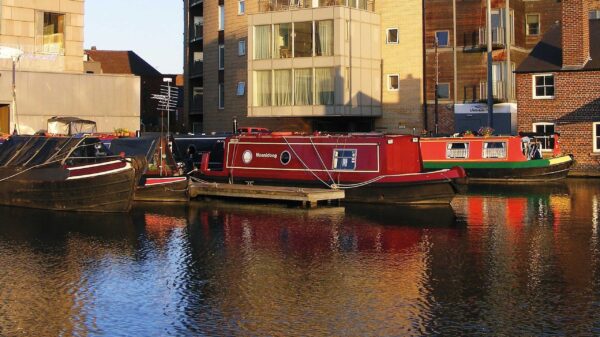From Ryders Green Junction to the Wyrley & Essington Canal.
The Walsall Canal was at the core of the Birmingham Canal Navigations and as well as developing many links to adjoining canals it also had a large number of short branches to collieries and ironworks, most of which have now disappeared. The Walsall Canal runs through the industrial centre of the Black Country and with the refurbishment of Walsall Town Basin from where visitors can visit the local Art Gallery and birthplace of Jerome K Jerome, new life is being breathed into the waterway. The canal corridor is looking increasingly green as the surrounding land becomes redeveloped and the remains of Britain’s pioneering manufacturing industries are historically interesting.
The Wednesbury Old Canal forms the link from the Birmingham Canal at Pudding Green Junction to the top of the 8 Ryders Green Locks which descend from the ‘Birmingham level’ to the ‘Walsall level’ at Great Bridge.
Just after the short Ocker Hill Tunnel Branch, now used for moorings, the Tame Valley Canal joins at Tame Valley (or Doe Bank) Junction, providing a through route to the Rushall and Birmingham & Fazeley canals.
The short Bradley Branch is now barely navigable but is under restoration and further on the remains of the Anson Branch have been closed off.


